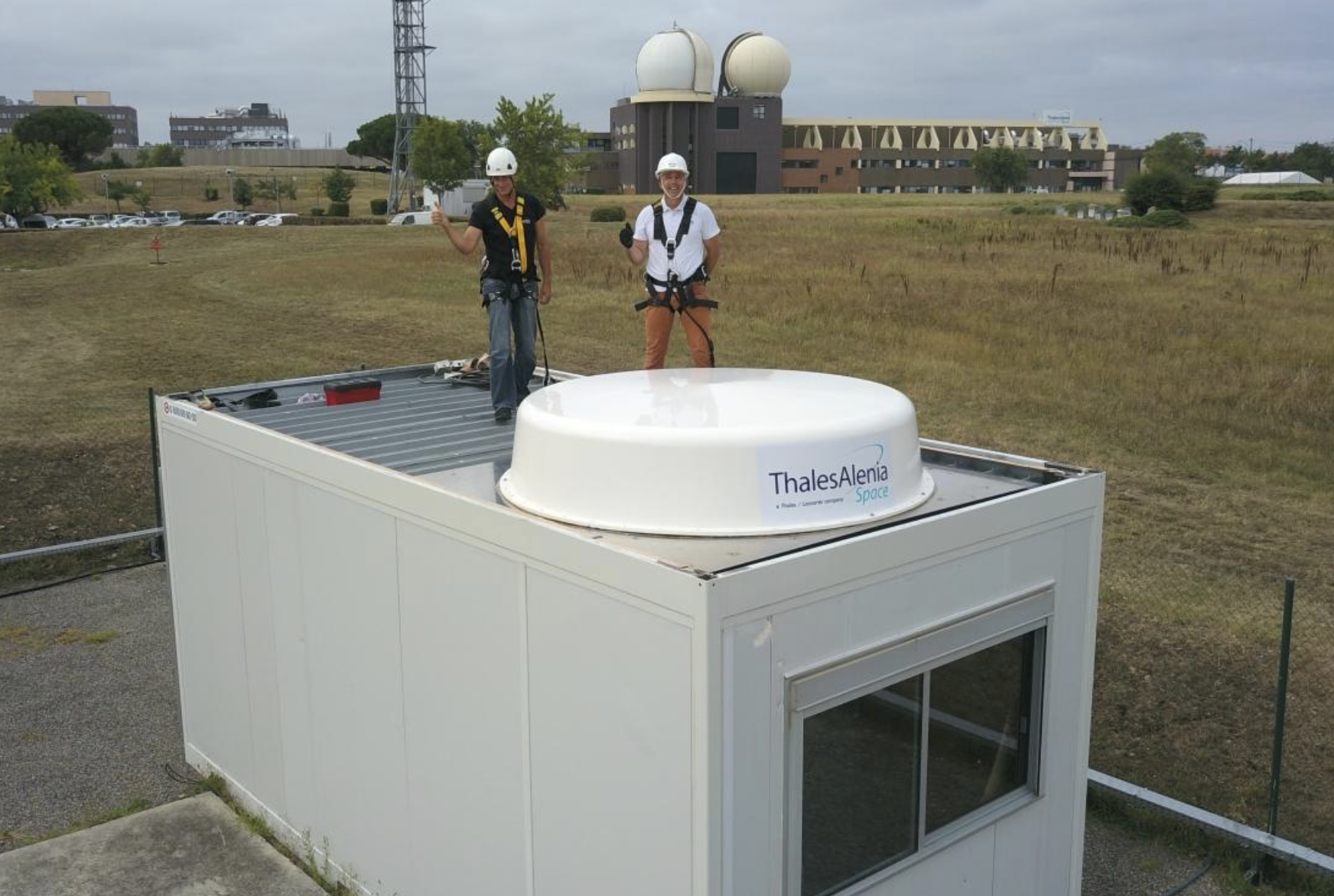The European Space Agency (ESA) has successfully executed a substantial upgrade to the ground segment of the Galileo satellite navigation system, achieving this milestone without any disruption to its users. This update enhances the Galileo Control Segment responsible for managing the constellation of orbiting satellites.
The upgrade involved a series of improvements to both the operational control centers and the extensive network of ground stations. These enhancements are designed to bolster the robustness and reliability of the Galileo system, which is integral to various critical applications such as navigation, timing services and emergency response.
“We had some minutes of high pressure at the most critical moment, when switching between versions. Thanks to a smart strategy, preparation, rehearsals and the motivation and competency of everyone involved, we pushed through and succeeded,” declares Sonia Toribio, ESA’s Galileo Ground Segment Manager. “ESA, the EC, EUSPA and our industrial partners were pursuing a single goal: to serve European citizens with the most accurate and robust GNSS.”
ESA’s collaboration with the European Union Agency for the Space Programme (EUSPA) and key industrial partners ensured a seamless transition, highlighting the effectiveness of international cooperation in advancing satellite navigation technologies.
Ennio Guarino, Head of ESA Galileo and EGNOS Programme Department remarks, “This system upgrade allows Europe to turn the page in the provision of secure and reliable navigation services, keeping Galileo at the forefront of global satellite navigation systems.”
With these updates, the Galileo system is now better positioned to meet increasing demand and evolving user requirements, continuing to provide highly accurate positioning services to millions of users worldwide.
“When you consider the extreme precision in time and position of Galileo and the need for this migration to occur in real-time, the project seemed like a chimera. All teams were ready for any possible contingency during the migration, with very limited windows of opportunity. The result could not be more satisfactory: the seamless transition that was not perceived by any user is a testament of the professionality and knowhow of all teams involved,” states Miguel Manteiga Bautista, ESA Galileo Programme Manager.
For more details, visit the official ESA blog post here.






